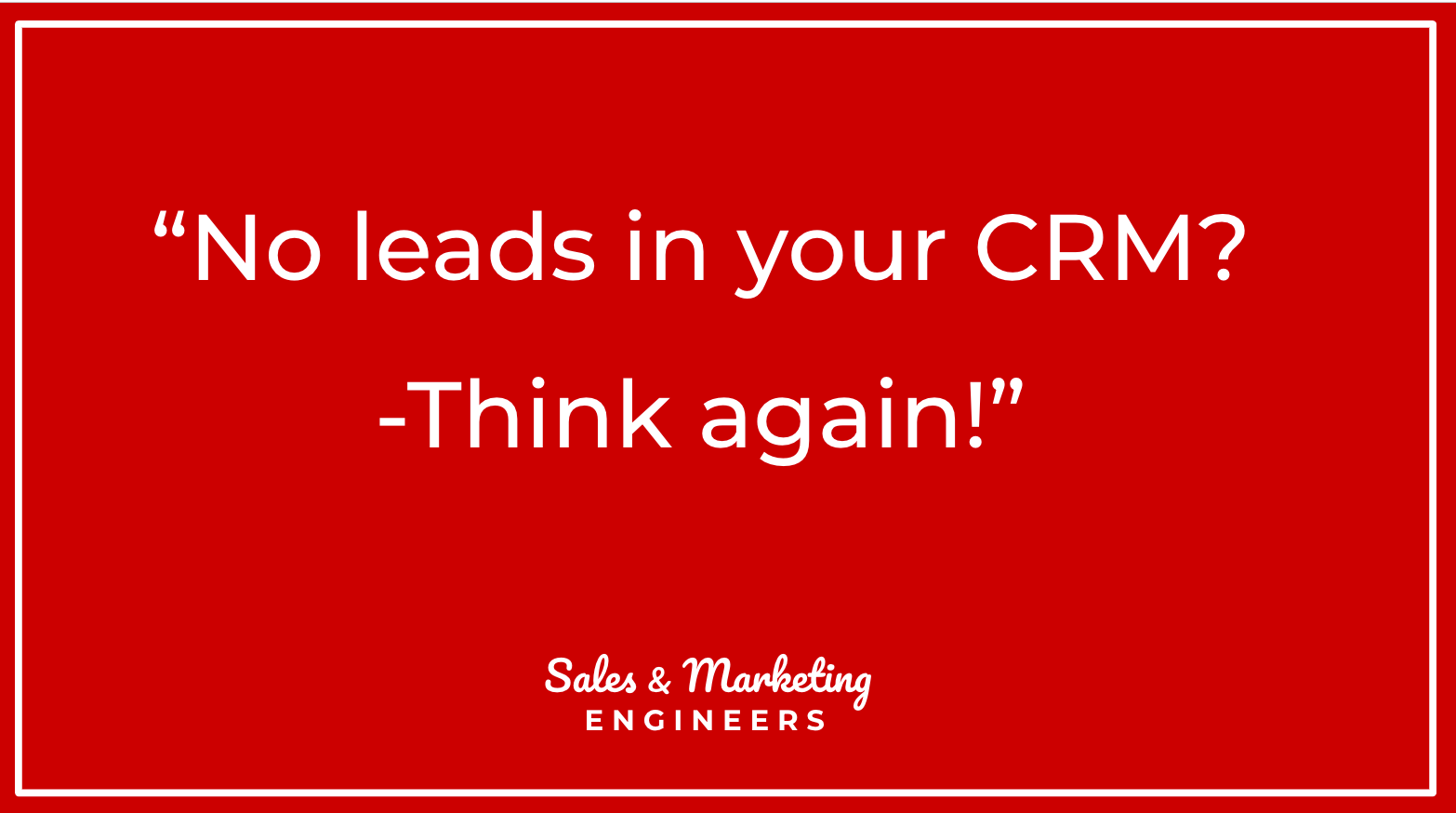Get in touch
555-555-5555
mymail@mailservice.com
Breaking the Yo-Yo Cycle: How to Stabilise Your Small Business Sales
Are you tired of your sales fluctuating like the British weather? You're not alone...
In fact, it’s a common issue for small businesses in the UK. According to the UK's Department for Business and Trade, there were 5.51 million small businesses at the start of 2023, accounting for 99.2% of the total business population. Many of these businesses experience the same rollercoaster of sales highs and lows, and the root cause is often the same—a lack of a systematic process for filling the sales pipeline.
But it doesn’t have to be this way. By creating a solid, repeatable sales and marketing strategy, you can stabilise your sales and build a foundation for long-term growth. Here's how:
1. Create a Solid Sales and Marketing Plan
Start with a comprehensive plan that includes an audit of your current processes, a competitive analysis, and a deep dive into your target audience and value proposition. Think of this as the blueprint for your business’s success. A well-crafted plan gives you direction and ensures every marketing pound is spent wisely. Marketing is not a thing you do here or there - it's a process and it all starts with a good strategy, and kept updated too.
2. Implement Regular Marketing Activities
Consistency is key. Regular marketing activities keep your brand top of mind for potential customers. Whether its social media updates, email newsletters, or blog posts, keep a steady stream of content flowing. The FSB Small Business Index for 2024 indicates that while revenue for small businesses was weak at the start of 2024, there was a surge in growth aspirations. This shows the importance of consistent marketing efforts to convert these aspirations into reality.
3. Target Your Audience
Your products and services are not for everyone—and that’s okay. Focus on understanding who your ideal customer is. Create buyer personas and tailor your marketing messages to speak directly to their needs. The more specific you are, the more likely you’ll attract high-quality leads. Many companies say to us - "Well anyone could buy our products.." - but targeting everyone is very expensive, so narrow down who is most likely to buy, in order to target them first
4. Use Both Inbound and Outbound Approaches
Don’t put all your eggs in one basket. Combine inbound strategies like content marketing and SEO with outbound methods such as cold emailing, networking and direct mail. Inbound attracts customers organically (with marketing that attract prospects to get in touch with you), while outbound helps you proactively reach out to potential clients (getting in touch with individual contacts or companies directly).
5. Prospect Continually
Prospecting should be a continuous process, not just something you do when sales are low. Set aside time each week to identify and reach out to new potential customers or have someone to do this for you consitently. This way, you'll always have fresh leads entering your pipeline, reducing the risk of sales slumps.
6. Develop a Sales Pipeline
A well-structured sales pipeline gives you a clear view of where each prospect is in the buying process. This allows you to nurture leads effectively and move them towards a purchase systematically. Remember, building a sales pipeline isn’t just about making sales—it’s about building relationships.
7. Leverage Automation and Outsourcing
Automation tools can help streamline your marketing and sales processes, saving you time and ensuring consistency. Whether it's automating email follow-ups or using a CRM to manage customer relationships, leverage technology to do the heavy lifting. Outsource tasks that are outside your expertise to keep your focus on growing the business.
8. Build Relationships, Not Just Sales
Your goal should be to build lasting relationships with your customers. Focus on providing value, engaging with your audience, and offering exceptional customer service. Happy customers are not only more likely to buy again, but they’re also more likely to refer you to others.
Final Thoughts
It's clear that to break the cycle of inconsistent sales, you need a robust sales and marketing plan paired with consistent activities, targeted efforts, and relationship-building. According to the FSB, 52% of small businesses in the UK are looking to grow over the next 12 months—the highest in over two years. By implementing these strategies, you can join this growth-minded group and set your business on the path to stable, long-term success.
Ready to stabilise your sales? Let’s chat about crafting a plan that works for your business.



